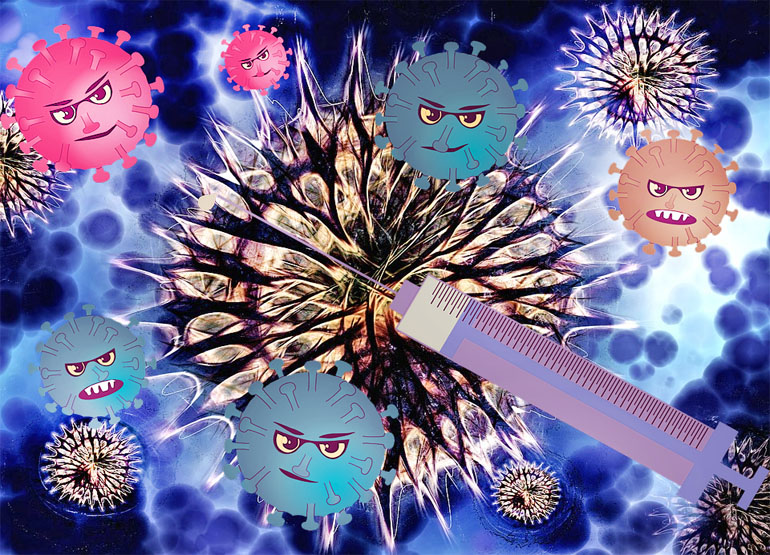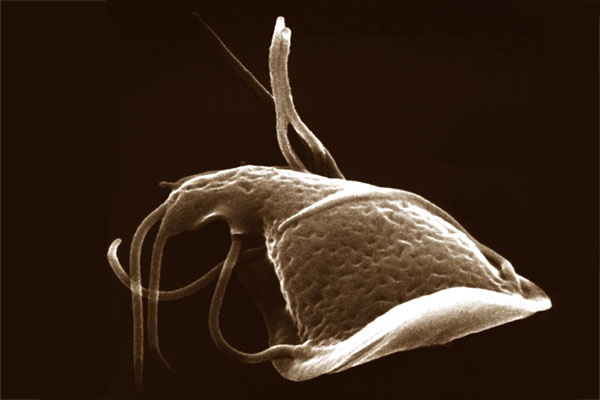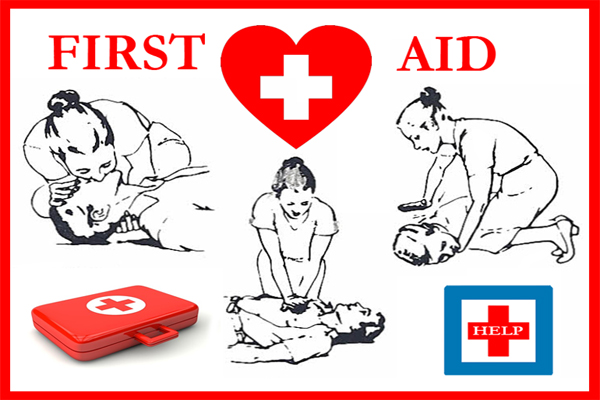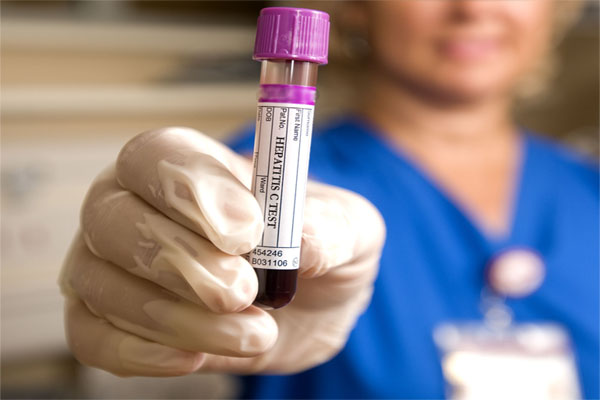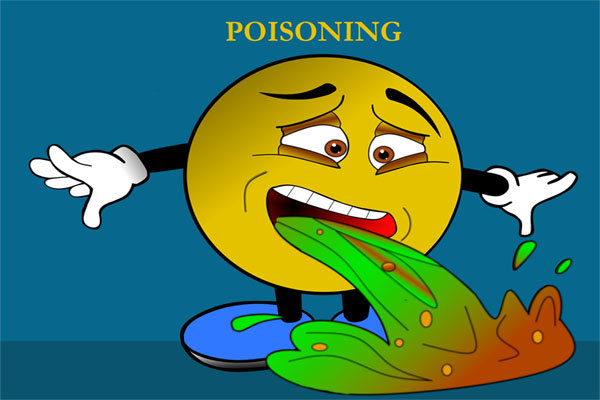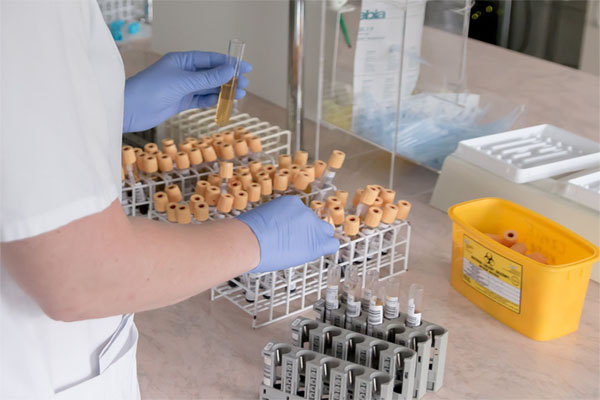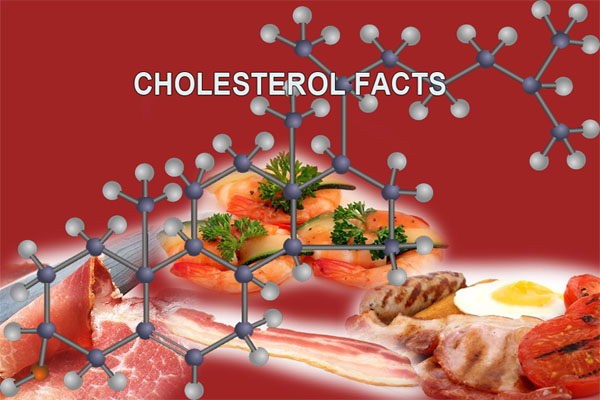Health Pages
Candida Yeast Infection
Candida Yeast Infection
Candida yeast infection (also called Candidiasis) is a fungal infection due to any type of Candida. There are over 20 species of Candida yeasts that can cause infection in humans, with Candida albicans being the most common. Candida albicans can cause vaginal yeast infections, skin rashes that emerge in moist, warm folds of skin, diaper rash, and infection inside the mouth and throat.
Candida normally lives inside the body (in places such as the mouth, throat, gut, and vagina) and on skin without causing any problems. Candidiasis tends to develop when the normal balance of bacteria is upset, as sometimes occurs with the use of antibiotics, some other types of medications, corticosteroids, and with immune-system disorders.
When candida yeast infection affects the mouth and throat, it is commonly called thrush or oropharyngeal candidiasis.
Signs and symptoms of trush include white patches on the tongue or other areas of the mouth and throat. Other symptoms may include soreness and problems swallowing.
When candida yeast infection affects the vagina, it is commonly called a vaginal yeast infection or vaginal candidiasis. A vaginal yeast infection is an infection of the vagina that causes itching and burning of the vulva, the area around the vagina, and thick, white discharge. Yeast infections of the penis are less common and typically present with an itchy rash.
Candidiasis is usually a minor and easily addressed problem, but sometimes yeast infections may become invasive, spreading to other parts of the body. This may result in serious infection (invasive candidiasis) with variety of symptoms depending on the parts involved. Invasive candidiasis is a dangerous infection that can affect the blood, heart, brain, eyes, bones, and other parts of the body. Individuals at risk for invasive candidiasis include low birth weight babies, people recovering from surgery, people admitted to an intensive care units, and those with an otherwise compromised immune systems.
Prevention measures include the use of probiotics, and in some cases, dietary changes. Candidiasis can be treated with antifungal medications. Candidiasis is usually a minor and easily addressed problem, but it can be an important problem for those with immune-system disorders, such as AIDS.
Yeast Infection is first and foremost an internal problem. Like most chronic conditions, there is never one cause for this fungal problem and thus yeast infection cannot be permanently eliminated using medications or creams that work superficially and fail to tackle the root factors that trigger the formation of candida infection in the first place. Read more and discover the truth behind your yeast infection...
The intense existence of harmful chemicals and toxic metals in our environment, in the medicines that we take, in the food that we eat and even in our dental fillings, creates a huge challenge for our body to effectively rid itself from these toxins resulting in a vicious cycle that manifests itself in a variety of symptoms and health problems, among them is candida albicans overgrowth that causes the symptoms of yeast infection to appear. Find out more about candida yeast infection and the metal toxicity connection...
The truth is that Candida infection is twice as probable during pregnancy compared to situations outside of pregnancy. In addition, emotional stress affecting many women when pregnant and while expecting a child may as a consequence degrade the immune system and increase the chance of yeast overgrowth. In pregnancy, a woman's body undergoes changes at several levels including hormonal, physiological and psychological. These changes conspire to engender excessive Candida overgrowth and the accompanying symptoms. Pregnancy-induced hormonal changes modify the vaginal context and make fungi more likely to grow beyond acceptable limits. Find out more about pregnancy and yeast infection...
There is a relatively effective though one-dimensional treatment for candida yeast infection called immunotherapy. In this treatment yeast infection patients are ordered to avoid the consumption of basically all yeasty foods and sugary foods and are given allergenic substances in dilute doses normally in the form of oral drops or injection to enhance the immune abilities of the body and reduce the allergic response. Read more about candida yeast infection treatment...
Adhering to a well defined candida diet is the first move for dealing with yeast infections. Recent research indicates that the right diet plan may be highly effective in preventing certain health problems and chronic diseases, including Candida infections. Find out more about candida diet...
Did You Know?
For example:
- If your partner is a man, the risk of infection is low. About 15% of men get an itchy rash on the penis if they have unprotected sex with a woman who has a yeast infection. If this happens to your partner, he should see a doctor. Men who haven't been circumcised and men with diabetes are at higher risk.
- If your partner is a woman, she may be at risk. She should be tested and treated if she has any symptoms.
"Some yeast infection medicine may weaken condoms and diaphragms, increasing your chance of getting pregnant or an STI (sexually transmitted infection) when you have sex."
RomWell Health Pages - Disclaimer
Our pages are created to provide medically accurate information that is intended to complement, not replace or substitute in any way the services of your physician. Any application of the recommendations set forth in the following pages is at the reader's discretion and sole risk. Before undergoing medical treatment, you should consult with your doctor, who can best assess your individual needs, symptoms and treatment.Browse Health Pages
It doesn't take much to start living healthier life...

